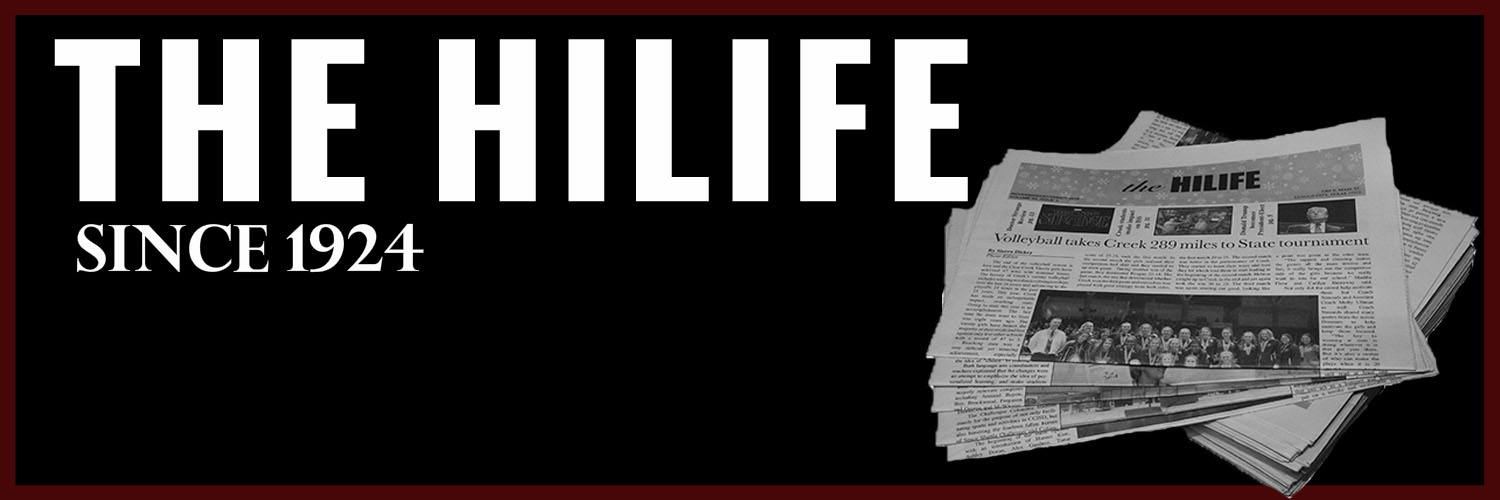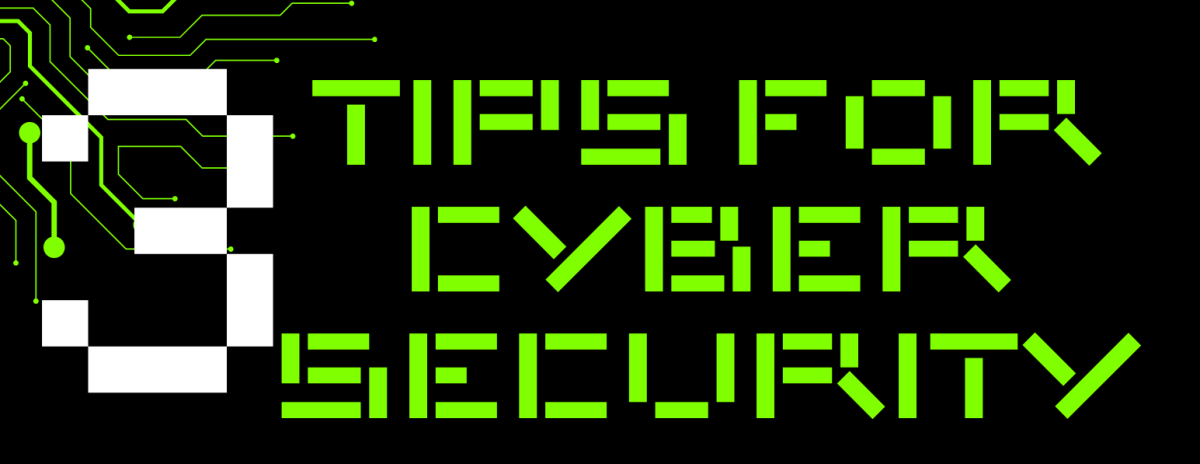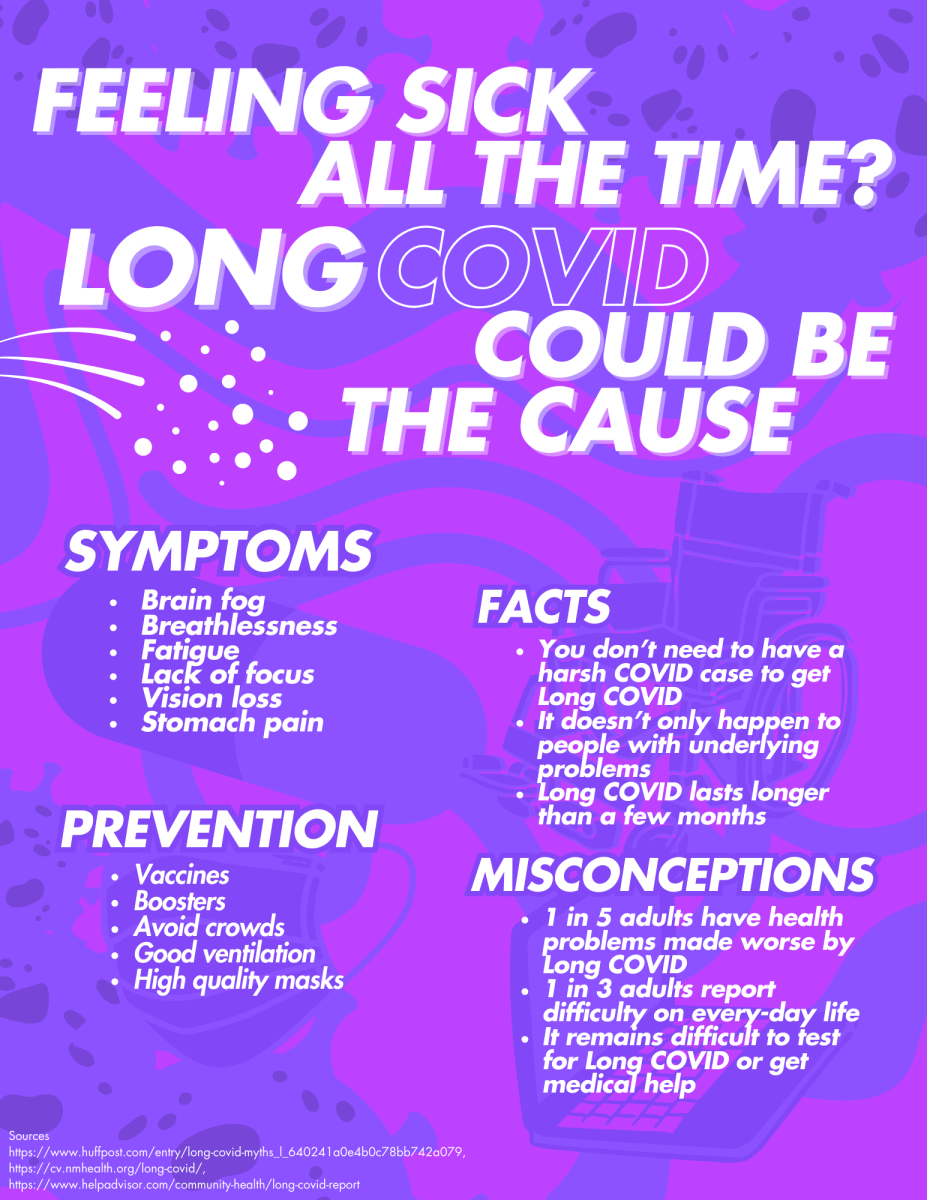In recent months, the conflict between Israel and Palestine has heightened immensely. This has caused many people to form uneducated opinions, based off what their biased algorithm feeds them on different social media platforms. It is imperative for one to be educated about the severity of the conflict so they can form educated opinions on the issue, rather than following the bandwagon.
In order to understand the conflict happening right now, one must examine the origins of the conflict. In 1947, the United Nations adopted the Partition Plan, which sought to divide Palestine into Arab and Jewish states. In May of 1948, the State of Israel was created, sparking the first Arab-Israeli War due to the idea that Jewish people were taking over land that belonged to Arabs. The war ended in 1949, resulting in a victory for Israel, and the displacement of over 700,000 Palestinians, along with the Palestinian territory being divided into the State of Israel, the West Bank, and the Gaza Strip. Palestinians residing in Gaza and the West Bank began the First Intifada against Israel in December 1987, along with the Muslim Brotherhood members also creating the military resistance group, Hamas.
“I personally believe the event that posed a major factor in starting this war was during World War II, when the British government…decided to give the Jewish people a homeland in Palestine, which was later declared the state of Israel,” Lily Prat (11) said.
As of early October of this year, the Hamas military resistance group launched attacks on Israel because of ongoing Israeli occupation. This attack resulted in Israel attacking civilian neighborhoods in Gaza, with hopes of eliminating the group, but resulting in much collateral damage. According to Gaza’s health ministry, the impacts of the latest conflict are devastating, with over 17,000 Palestinian casualties, and over 1,300 Israeli casualties according to AP News.
“After the Holocaust, Jewish people started residing [in Palestine] and slowly took over Palestinian land. That’s why I believe the conflict has gotten to this point,” Olivia Brown (11) said.
Social media contains copious amounts of misinformation and disinformation being distributed, which often skews the perception of the conflict, and makes it impossible for users to form an educated, unbiased opinion. For example, on X, a user shared a video with the caption “More power to you #Hamas” and claimed that the clip showed a Hamas armed fighter firing a large, shoulder-mounted rocket cannon and taking down an Israeli helicopter. Multiple disinformation researchers pointed out that the footage was from a video game called “Arma 3”. This post, and posts similar, perpetuates narratives that are often not true, and harmful toward the education regarding the conflict, along with painting victims of the conflict as villains.
“Misinformation influences civilian decisions made during the conflict which can drastically change the outcome of the war,” Cara Anderson (10) said. “When false information is infiltrated throughout civilian populations, these groups make rash decisions as a result. Military decisions are then affected by the actions of the people…which push the conflict into further danger for all sides.”
In order to mitigate the harmful effects of the spread of misinformation on the conflict, social media companies should flag posts that spread misinformation on the conflict, which actively prevents false narratives from spreading on both sides of the conflict. Additionally, people should educate themselves about the origins and history of the conflict in order to make informed opinions and decisions about the conflict, rather than believing what one might see on their social media feeds.










